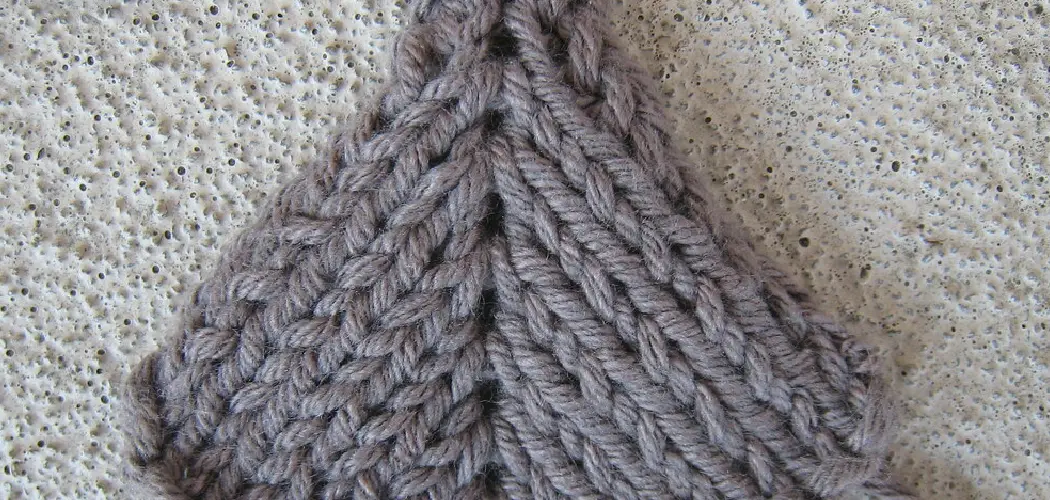Are you looking to take the next step in your crocheting journey? Take a deep breath because today we’re tackling how to double crochet decrease (dc dec). It might sound intimidating at first, but rest assured that with this guide, you can learn this skill quickly and easily.
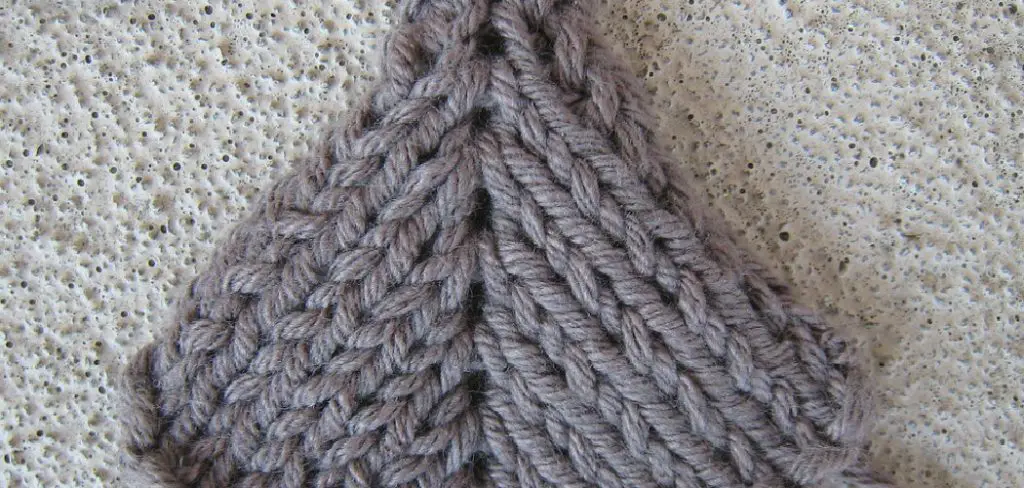
After all, mastering it will open new possibilities when crocheting from bags and hats to intricate tablecloths and afghans. And by knowing these methods for decreasing our stitches evenly within a pattern of dc sts or half-doubles—you are officially ready for the big leagues! So put aside any worries about technique; let’s get started!
How Do You Decrease a Stitch?
To decrease a stitch when you are double crocheting, the simplest way is to work two stitches together. To do this, yarn over (yo) twice and insert your hook into the third chain from your hook. Pull up a loop, yo, and pull through two loops. Next, yarn over again, then insert your hook in the next stitch and pull up a loop, yo and pull through two loops on your hook. This combines the two stitches together into one.
You continue doing this until you have decreased all of the desired stitches. Decreasing can be used to shape garments or other pieces that require shaping; it’s often used to create slanted edges or points in items such as afghans or other crochet items. You can also decrease the number of stitches to make a piece narrower or increase them to make it wider.
Decreasing is an essential skill for any crocheter and knowing how to do it properly will help you create beautiful, even pieces every time! Just remember: yarn over twice and insert your hook into the third chain from the hook, pull up a loop, yo, and pull through two loops – then continue doing this until you have decreased all of the desired stitches. With practice, you’ll be decreasing like a pro in no time!
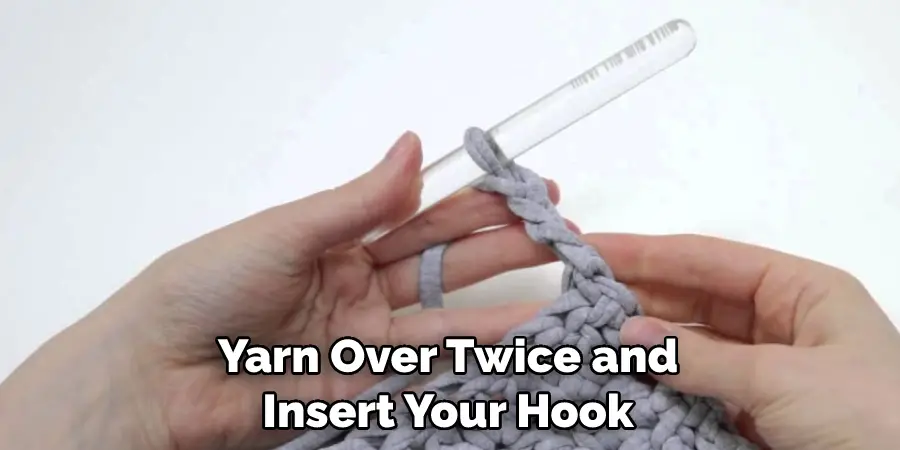
If you’re ever unsure about how to decrease when double crocheting, there are many tutorials available online that can guide you step-by-step; they are often accompanied by helpful diagrams and pictures to make the process even easier. Taking some time to practice this skill will give you confidence in your crochet skills, and soon you’ll be able to create beautiful projects with ease!
10 Methods How to Double Crochet Decrease
1. Double Crochet Two Stitches Together:
Yarn over, insert the hook into the next stitch, yarn over again, pull up a loop, yarn over and draw through two loops, yarn over again, insert the hook into the next stitch, yarn over and pull up a loop, yarn over and draw through two loops, then yarn over and draw through all three remaining loops on the hook.
If you are decreasing on either side of a single crochet, insert the hook into the stitch that follows the one after your double crochet. To decrease by two stitches, simply repeat this stitch twice in a row. However, if you want to decrease further, keep repeating this stitch until the desired number of stitches has been decreased.
2. Invisible Double Crochet Decrease:
Insert hook into the front loop of the first stitch, yarn over, pull up a loop, insert hook into the front loop of the next stitch, yarn over, pull up a loop, yarn over and draw through two loops, yarn over and draw through remaining two loops.
If necessary, use a yarn needle to tidy up any loose ends. The invisible double crochet decrease (dc dec) is an easy-to-master technique that creates a seamless and slanted decrease. This method is great for achieving neat edges and shaping garments, such as sweaters or hats. When used in the round, it can also help maintain the pattern stitch.
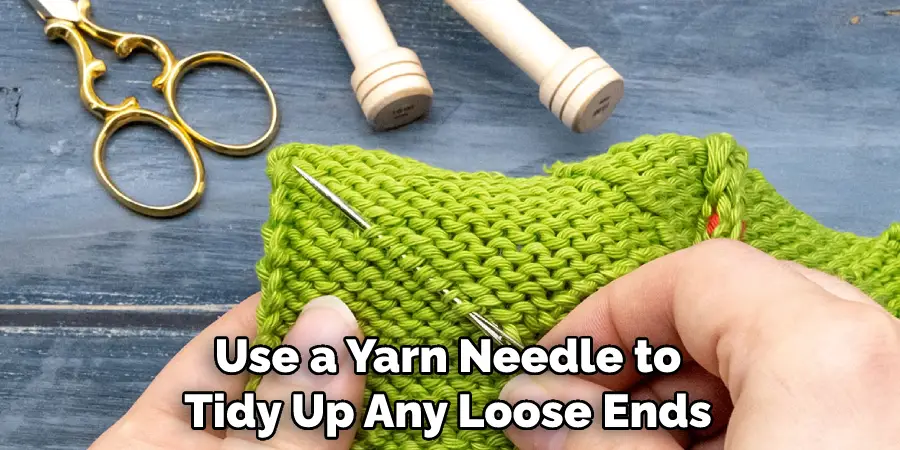
For an even more subtle decrease, the invisible double crochet decrease can be worked in the back loop instead of the front loop. This technique produces a slightly different-shaped decrease that is just as effective and is ideal for items such as blankets or other decorative pieces. Try it out today and see what a difference it makes!
3. Extended Double Crochet Decrease:
Yarn over, insert hook into the next stitch, yarn over, pull up a loop, yarn over and draw through one loop, yarn over again, insert hook into the next stitch, yarn over, pull up a loop, yarn over, and draw through two loops, yarn over and draw through remaining two loops.
You have now effectively decreased one stitch with an extended double crochet decrease. It is important to note that this method will make your finished piece more elastic than a normal single or double crochet decrease.
Additionally, the extended double crochet is worked over two stitches like other decreases, but it has a looser tension – making it look slightly different and more open. This can be a great way to add some interesting texture and shape to your project.
4. Double Crochet Two Together through Back Loops:
Yarn over, insert hook through the back loop of the first stitch, yarn over and pull up a loop, yarn over, insert hook through the back loop of the next stitch, yarn over and pull up a loop, yarn over and draw through two loops, yarn over and draw through remaining two loops.
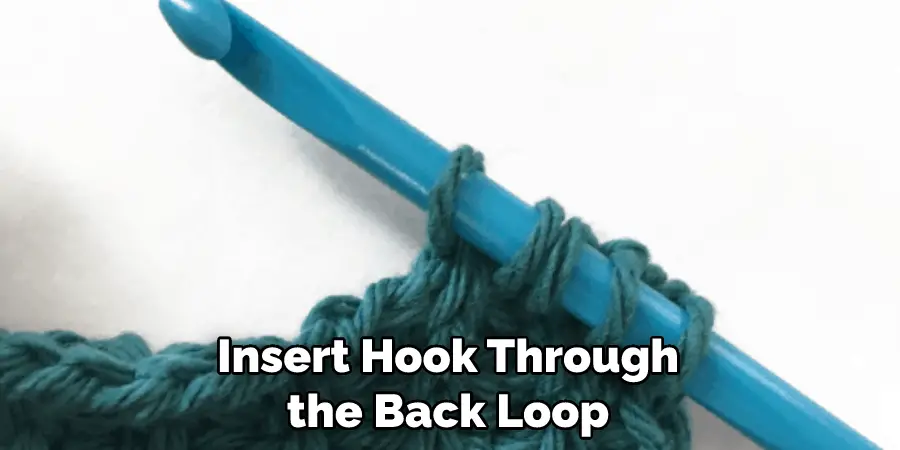
You should now have one double crochet decrease. Repeat this for each additional stitch to be decreased. If you need to decrease a stitch in the middle of your work, you may use this method as it will be less visible than the other methods. Make sure to use the back loops for each stitch.
5. Double Crochet Cluster Decrease:
Yarn over, insert hook into the next stitch, yarn over and pull up a loop, yarn over and draw through two loops, yarn over, insert hook into the next stitch, yarn over and pull up a loop, yarn over and draw through two loops, yarn over and draw through all three remaining loops on the hook.
This will decrease the number of double crochet stitches in your work by one. To make a large cluster decrease, repeat this process until there are four loops left on the hook and draw through all four loops. This will decrease the number of double crochet stitches in your work by two. However, this type of decrease can be a bit tricky and is more suited to experienced crocheters.
Be sure to count your stitches as you go and make sure you are on track for your pattern. Knowing to double crochet decrease can help you create more complex crocheted items like amigurumi or granny squares. With a little practice and patience, you’ll be a pro in no time!
6. V-Stitch Double Crochet Decrease:
Work a V-stitch (double crochet, chain 1, double crochet) in the first stitch, skip the next stitch, then work a double crochet in the next stitch, and work another V-stitch in the next stitch. This completes the double crochet decrease.
The skipped stitch creates a “V” in the center of the two V-stitches, thus the name “V-stitch double crochet decrease”. This is a great way to make the decrease more subtle and have a nicer overall look to the finished piece.
It’s also an excellent choice when working with lightweight yarns and lighter stitch patterns, as it ensures that there won’t be any gaping holes or uneven stitches. For a left-leaning decrease, work the V-stitch in the first stitch, skip the next stitch, and work a double crochet in the last stitch.
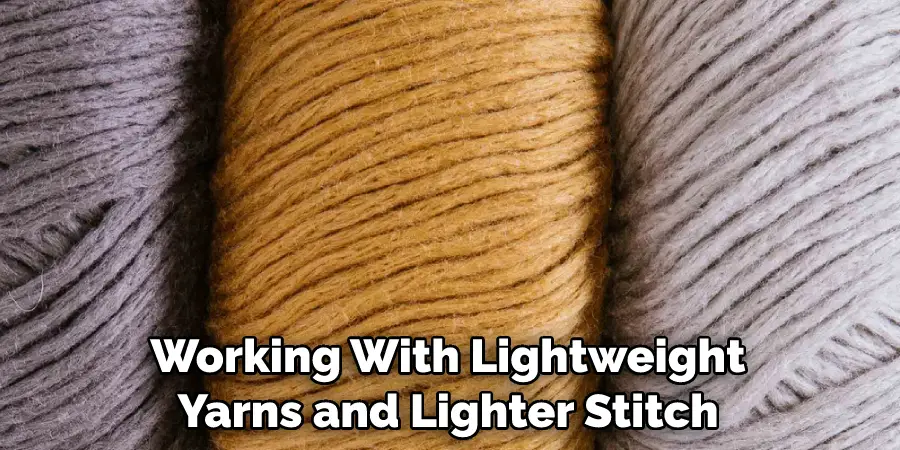
7. Slanting Double Crochet Decrease:
Work a double crochet in the first stitch, skip the next stitch, then work a double crochet in the next stitch, yarn over and pull up a loop, yarn over, insert hook into the skipped stitch, yarn over, and pull up a loop, yarn over and draw through all three remaining loops on the hook.
This slants the decrease to one side or the other, depending on which stitch you skipped. You can use this if you want to create a steeper angle in your decreases. Although it’s slightly more complicated than the other decreases, it’s still quite simple to do.
Now that you know to double crochet decrease, get creative with your crochet projects! Decreasing can help you shape garments, create texture, and make any project unique.
8. Offset Double Crochet Decrease:
Work a double crochet in the first stitch, skip the next stitch, then work a double crochet in the next stitch, yarn over and pull up a loop, yarn over, insert hook into the skipped stitch, yarn over, and pull up a loop, yarn over and draw through two loops, yarn over, insert hook into the next stitch, yarn over and pull up a loop, yarn over and draw through all three remaining loops on the hook. This is an offset double crochet decrease and creates a different pattern than the traditional double crochet decrease.
9. Double Crochet Three Together:
Yarn over, insert hook into the next stitch, yarn over and pull up a loop, yarn over and draw through two loops, yarn over, insert hook into the next stitch, yarn over and pull up a loop, yarn over and draw through two loops, yarn over, insert hook into the next stitch, yarn over and pull up a loop, yarn over and draw through all four remaining loops on the hook.
This stitch is abbreviated as dc3tog. By repeating this stitch, you can create a row of evenly spaced double crochet decreases. However, it is important to note that this stitch will create a more pronounced decrease than the double crochet two-together.
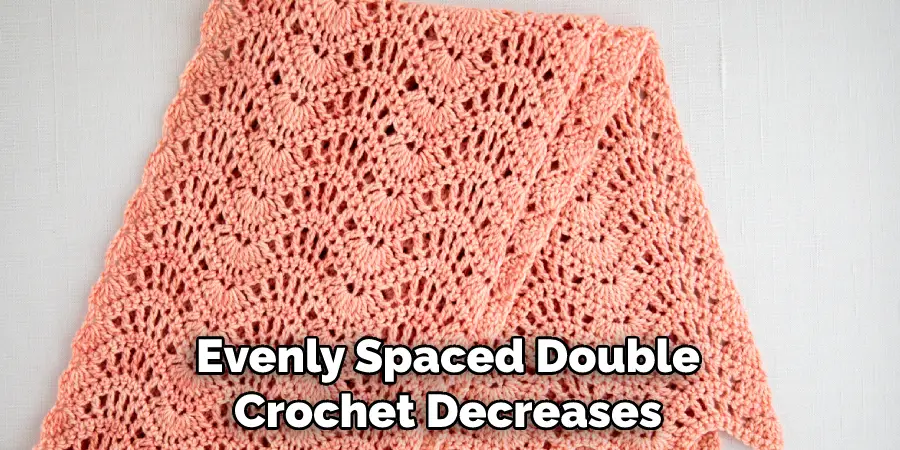
10. Double Crochet Bobble Decrease:
Work a double crochet bobble stitch in the first stitch, skip the next stitch, then work a double crochet in the next stitch, and work another double crochet bobble stitch in the next stitch. To finish the decrease, yarn over and pull through all five loops on your hook.
This is a great way to give added texture to a project while still decreasing the number of stitches. If your pattern calls for a double crochet decrease, this is a great way to mix it up. To practice, try it out on a simple square or rectangle as you’ll have plenty of chances to decrease and see the end result. You’ll be sure to be impressed with the finished product!
Things to Consider When Double Crocheting Decreases
1. Timing:
When you are double crocheting decrease, it is important to consider the timing of when you should do so. Some projects require an even number of stitches, so it is important to decrease when you reach a certain count. This will help ensure your project looks even and has the desired shape.
2. Tension:
It is also important to consider your tension when decreasing with double crochet. If you are too tight, the decreased area may look uneven or be overly dense; if you are too loose, the stitches may become sloppy or unravel over time. Make sure to adjust your tension accordingly for best results.
3. Shape:
Finally, pay attention to the overall shape of your project as you work decreases into it. Depending on what type of pattern you are working with, decreases can create different shapes such as circles, squares, hearts, etc. Be sure to adjust the placement and number of decreases as needed to create the desired shape.
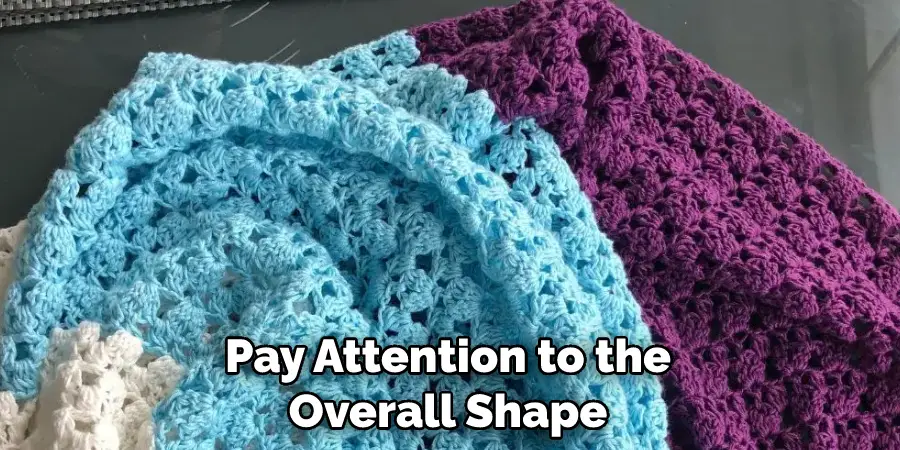
Conclusion
Learning how to double crochet decrease is an essential skill for any crocheter. It can be used to create stunning stitch patterns and can be the difference between a good stitch project and a great one. Remember that the most important thing is practice—take your time, experiment, and don’t be afraid to start over if something isn’t right! With these tips and long-term learning in mind, you’ll soon be able to master the art of double crochet decrease.

